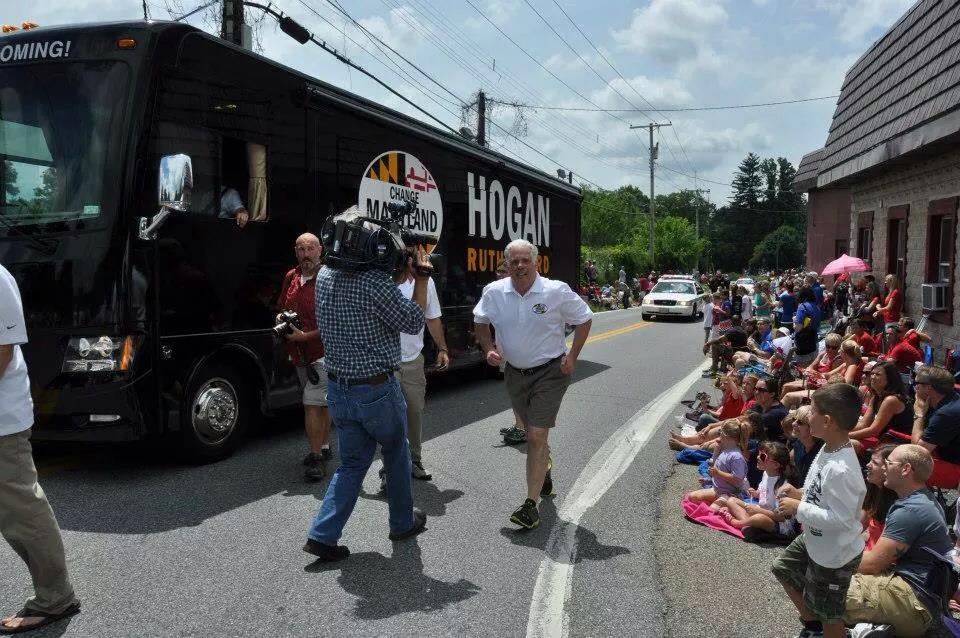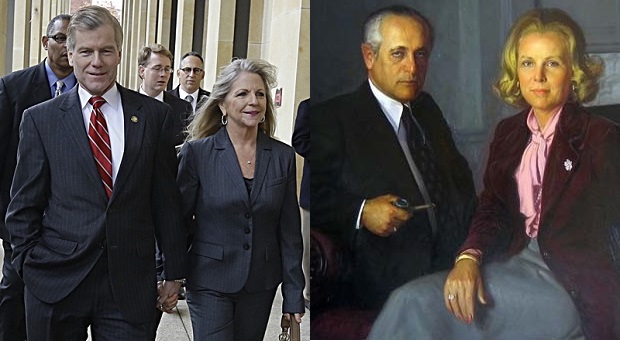The state of Maryland and the Moore Administration can best be characterized as “whistling past the graveyard” once again … case in point: The Virginia Mercury headline (July 22, 2025) … “AstraZeneca to build its largest-ever manufacturing facility in Virginia, creating hundreds of jobs — Pharmaceutical giant makes record investment as state leaders tout life sciences boom.” The article goes on to say that the investment to be made will be worth $50 billion — the single largest investment ever made in the history of the company.
So… the question must be asked: Where was Wes Moore and the Maryland Department of Commerce? AstraZeneca’s announcement of a $50 billion investment in U.S. operations by 2030, with a significant portion allocated to a new multi-billion-dollar manufacturing facility in Virginia, has sparked interest, especially given Maryland’s status as a top three biopharma region in the United States. This decision, made public on July 21, 2025, reflects strategic considerations driven by economic, political, and operational factors, despite Maryland’s established strengths in the life sciences sector.
Maryland is a biopharma powerhouse, hosting over 350 biotech and pharmaceutical companies, including major players like AstraZeneca itself, which already operates a research and development (R&D) facility in Gaithersburg and a cell therapy manufacturing site in Rockville. The state’s proximity to the National Institutes of Health (NIH) and the Food and Drug Administration (FDA), combined with a skilled workforce and robust academic institutions, makes it a prime location for biopharma innovation. Montgomery County alone is a life sciences corridor, with AstraZeneca’s $300 million Rockville facility, opened in May 2025, employing 150 people for CAR-T cell therapy production. Maryland’s ecosystem supports high-tech R&D and manufacturing, contributing significantly to its ranking alongside Massachusetts and California as a top biopharma hub.
No investment should be discounted, but $300M vs. $50B – I think the math speaks for itself.
Despite Maryland’s advantages, AstraZeneca chose Virginia for its largest-ever single manufacturing investment, a state-of-the-art facility focused on producing small molecules, peptides, and oligonucleotides for weight management and metabolic drugs, including oral GLP-1 and PCSK9 inhibitors. This decision aligns with Virginia’s growing life sciences sector, bolstered by initiatives like the Alliance for Better Medicine in Richmond, which includes Virginia Commonwealth University’s Medicines for All and companies like Phlow Corp.
Virginia’s appeal lies in its business-friendly environment, with Governor Glenn Youngkin emphasizing “shovel-ready” sites and advanced manufacturing capabilities. The state’s lower operational costs, potential tax incentives, and strategic push to diversify its economy beyond federal contracting likely influenced the decision.
The investment is also a response to President Donald Trump’s tariff policies, which pressure pharmaceutical companies to onshore manufacturing. AstraZeneca’s CEO, Pascal Soriot, noted that the move supports U.S. national security by strengthening domestic supply chains, a priority amid threats of tariffs on imported drugs. While Maryland is part of the $50 billion plan, with expansions in Gaithersburg and Rockville, Virginia’s new facility is the centerpiece, expected to create hundreds of highly skilled jobs and leverage AI, automation, and data analytics. The decision underscores a broader trend of pharmaceutical giants like Johnson & Johnson and Eli Lilly investing heavily in U.S. manufacturing to mitigate tariff risks and align with federal priorities
Maryland’s established biopharma infrastructure might suggest it was a natural choice, but Virginia’s aggressive economic development strategy, including rapid negotiations completed in just 33 days, likely tipped the scales.
Maryland’s General Assembly might bear some responsibility too. After years of meetings, Maryland’s Prescription Drug Affordability Board (PDAB) has done little to lower the cost of medications, but the chilling effect on our state’s biopharma economy is undeniable.
The Maryland Tech Council recently reported that out of $158 billion in new U.S. manufacturing investments, Maryland has received $0 dollars.
While Maryland remains a critical R&D hub for AstraZeneca, Virginia’s selection as the manufacturing cornerstone also highlights the state’s rising prominence in advanced pharmaceutical production, potentially shifting the regional balance in the U.S. biopharma landscape. It’s a shift that Maryland cannot afford.
All that said, what we are left to conclude is that the Moore Administration is once again asleep at the switch and remains asleep as we are bypassed by New Jersey, Pennsylvania, North Carolina, Delaware, Massachusetts and Virginia.
With trillions of dollars flowing into the United States, both red and blue states, Wes Moore needs to up his game – because if he truly does not intend to run for President in ’28 he will surely be out of a job in ’26.






Recent Comments